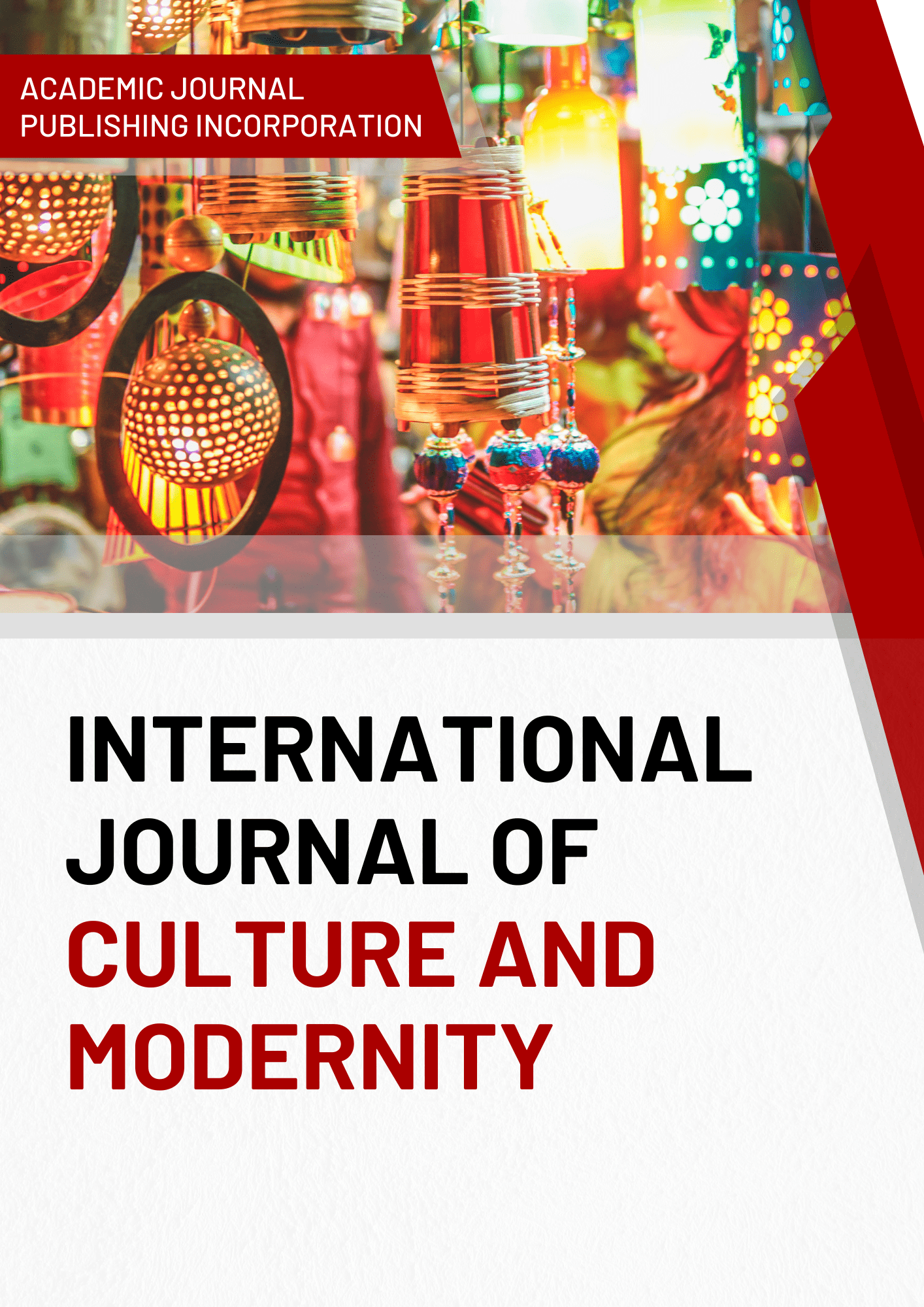Validating the Scale for Service Quality Measurement: Empirical Evidence from the Acropolis Museum
DOI:
https://doi.org/10.51699/ijcm.v26i.475Keywords:
Cultural heritage, HISTOQUAL, Service Quality, GAP analysisAbstract
The aim of this empirical research is to validate the HISTOQUAL scale, which is a modification of SERVQUAL applied to museum service quality and more specifically on the Acropolis Museum. A secondary purpose is to assess quality related to the museum quality dimensions and thus, to provide insights on museum management to improve service quality. In the current paper a self-administered survey was conducted, and 315 local visitors of the Acropolis Museum participated. To measure service quality, the construct of HISTOQUAL was used and modified to apply to the Greek culture. The basic measurement methodology incorporated the collection of data regarding service quality perceptions and expectations. A resulting GAP analysis between perceptions and expectations for every item of quality measurement provided managerial insights on the specific areas of improvement. HISTOQUAL dimensions of responsiveness, tangibles, communication, consumables were validated, illustrating strong internal reliability. However, empathy was not supported for the sample tested. GAP analysis unveiled poor quality related to the items of empathy, communication, and responsiveness for the Acropolis Museum. Whereas the strong points for the referring museum regarded tangibles and consumables. The construct of HISTOQUAL suggests a valid and reliable research instrument to measure service quality dimensions for archeological museums.
References
Allen, I.E. and Seaman, C.A., 2007. Likert scales and data analyses. Quality progress, 40(7), pp.64-65.
Benjawan, K., Thoongsuwan, A. and Pavapanunkul, S., 2018. Innovation management model of world heritage city museum on historical park for creative tourism in the lower part of Northern Thailand. PSAKU International Journal of Interdisciplinary Research, 7(1).
Brunner, M. and SÜβ, H.M., 2005. Analyzing the reliability of multidimensional measures: An example from intelligence research. Educational and Psychological Measurement, 65(2), pp.227-240.
Buttle, F., 1996. SERVQUAL: review, critique, research agenda. European Journal of marketing.
Chen, C.; Shi, H., 2008. A study of service quality and satisfaction for museums: Taking the national museum of prehistory as an example. J. Hum. Resour. Adult Learn., 4, 159–170.
Cortés-Jiménez, I. and Blake, A., 2011. Tourism demand modeling by purpose of visit and nationality. Journal of Travel Research, 50(4), pp.408-416.
Cronin Jr, J.J. and Taylor, S.A., 1992. Measuring service quality: a reexamination and extension. Journal of marketing, 56(3), pp.55-68.
Daskalaki, V.V., Voutsa, M.C., Boutsouki, C. and Hatzithomas, L., 2020. Service quality, visitor satisfaction and future behavior in the museum sector. Journal of Tourism, Heritage & Services Marketing (JTHSM), 6(1), pp.3-8.
Fornell, C. and Larcker, D.F., 1981. Structural equation models with unobservable variables and measurement error: Algebra and statistics.
Frochot, I. and Hughes, H., 2000. HISTOQUAL: The development of a historic houses assessment scale. Tourism management, 21(2), pp.157-167.
Gilmore, A. and Rentschler, R., 2002. Changes in museum management: A custodial or marketing emphasis?. Journal of management development.
Gounaris, S., 2005. An alternative measure for assessing perceived quality of software house services. The Service Industries Journal, 25(6), pp.803-823.
Kashif, M., Rehman, M.A. and Pileliene, L., 2016. Customer perceived service quality and loyalty in Islamic banks: A collectivist cultural perspective. The TQM Journal.
Kowalska, N. and Ostręga, A., 2020. Using SERVQUAL Method to Assess Tourist Service Quality by the Example of the Silesian Museum Established on the Post-Mining Area. Land, 9(9), p.333.
Maher, J.K., Clark, J. and Motley, D.G., 2011. Measuring museum service quality in relationship to visitor membership: The case of a children's museum. International Journal of Arts Management, 13(2), p.29.
Markovic, S., Raspor, S. and Komsic, J., 2013. Museum service quality measurement using the HISTOQUAL model. Tourism in South East Europe, 2, p.201.
Mey, L.P. and Mohamed, B., 2010. Service quality, visitor satisfaction and behavioural intentions: Pilot study at a museum in Malaysia. Journal of Global Business and Economics, 1(1), pp.226-240.
Netemeyer, R. et. al, (2003). Scaling Procedures: Issues and Applications. SAGE.
Nowacki, M.M., 2005. Evaluating a museum as a tourist product using the servqual method. Museum Management and Curatorship, 20(3), pp.235-250.
Parasuraman, A., Berry, L.L. and Zeithaml, V.A. (1991) Refinement and Reassessment of the SERVQUAL Scale. Journal of Retailing, 67(4), pp.420-50.
Parasuraman, A., Zeithaml, V.A. and Berry, L.L. (1994) Reassessment of Expectations as a Comparison Standard in Measuring Service Quaiity: implications for Further Research. Journal of Marketing, 58(1994), pp.111-124
Park, E., Choi, B.K. and Lee, T.J., 2019. The role and dimensions of authenticity in heritage tourism. Tourism Management, 74, pp.99-109.
Park, S.J. and Yi, Y., 2017. A composite measure of performance–expectation and performance-only measures. The Service Industries Journal, 37(15-16), pp.936-947.
Phaswana-Mafuya, N. and Haydam, N., 2005. Tourists' expectations and perceptions of the Robben Island Museum—a world heritage site. Museum Management and Curatorship, 20(2), pp.149-169.
Putra, F.K.K., 2016, May. Implementation of HISTOQUAL model to measure visitors’ expectations and perceptions in Museum Geology Bandung. In Asia Tourism Forum (pp. 322-327).
Sheng, C. and Chen, M. (2011) A study of experience expectations of museum visitors. Tourism Management, 33(2012), pp.53-60.
Williams, C., 1998. Is the SERVQUAL model an appropriate management tool for measuring service delivery quality in the UK leisure industry?. Managing leisure, 3(2), pp.98-110.
Yang, H.Y. and Jeon, I.O., 2013. Influence of Service Quality on Tourist Satisfaction in Cultural Heritage Tourist Destination-Focused on Expertise of Old Palace (Kyeongbokgung) and Revised HISTOQUAL. The Journal of the Korea Contents Association, 13(5), pp.459-471.






